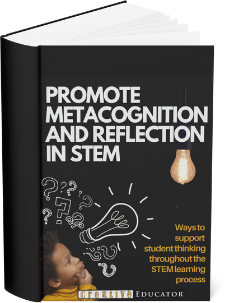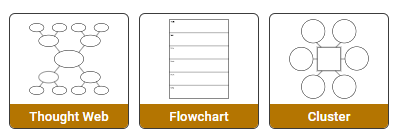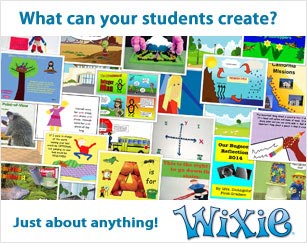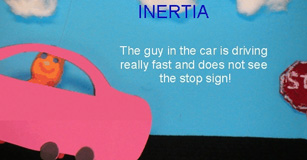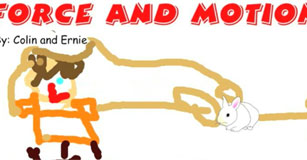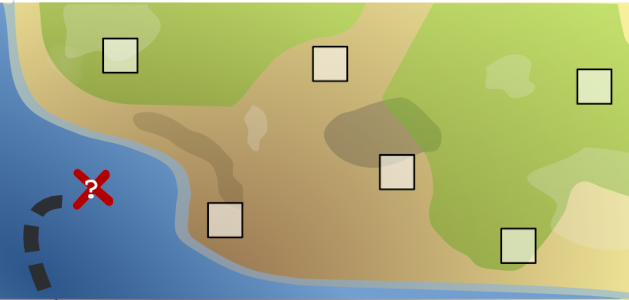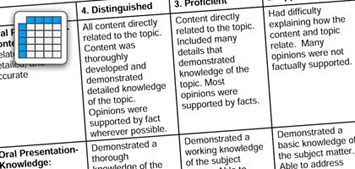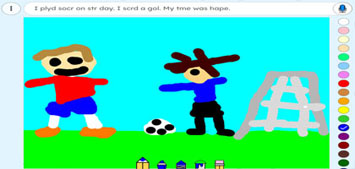15+ ideas to connect students to books
Ways to deepen comprehension, connect students to books, and build literacy in your library media center and beyond
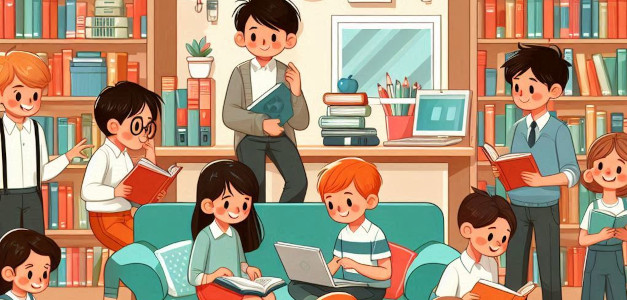
April is School Library Month; the perfect time to celebrate the amazing work done in your site's library media center to help students find the joy in reading and build essential literacy skills.
Whether you are a classroom teacher looking for ideas to partner with your media specialist or a librarian in search of new ideas, these sixteen activities get students creating and can help you deepen comprehension, connect students to books, and build media literacy.
1. Design new book covers
Ask your students to create new covers for the stories they are reading to share knowledge of characters, setting and events in order to attract new readers. Push them to go beyond just a cover image and include the back side containing a plot summary, a book review, information about the author, and quotes or teasers from the story.
Explore a Design a Book Cover lesson plan
2. Start judging books by their covers!
What exactly does a cover and book jacket tell us? Ask students to "judge" the plot and the genre of a book they have not yet read, based only on the text and graphic elements on its cover.
Explore a Do Judge a Book by It's Cover lesson plan
3. Promote your favorite author
Create slideshows or fan websites about a favorite author, including information about the author's life, writing style, and major works. Students not only learn about a favorite author, but learn to differentiate between factual information, opinions, and popular (but not necessarily factual) stories about an author as they locate information from websites, blogs, videos and social media.
4. Create a coat of arms for a character
Develop a coat of arms for a story's protagonist using colors, symbols, and mottos that reflect and represent a character's personality, passions, strengths, and experiences.
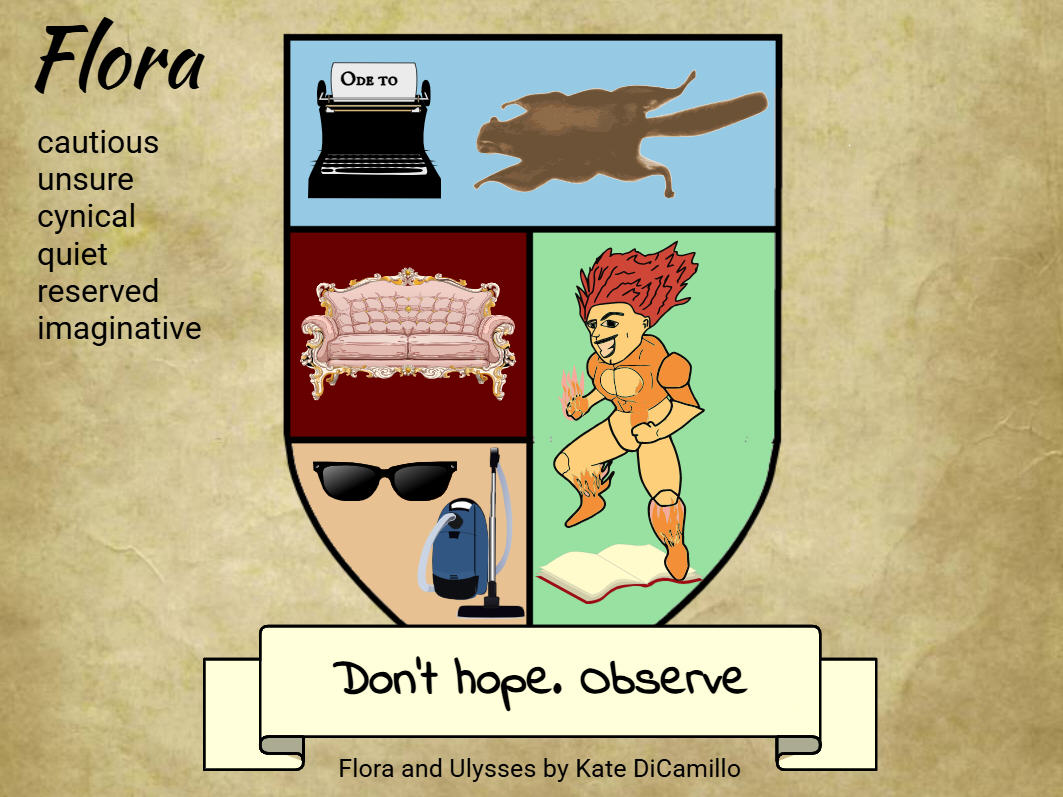
Explore a Character Coat of Arms lesson plan
5. Create a wanted poster for a story's antagonist
Because they are associated with villains of the Wild West, wanted posters are a fun way to get students thinking about the character traits of the antagonist in a story. Encourage students to begin citing evidence for their ideas directly by requiring them to include a character’s favorite saying on each poster.

6. Retell in comic form
Creating a comic strip is also a great way to get students thinking about the informational texts they are reading. The limited amount of space in a comic’s panels requires students to choose the most significant points in a text or story. This summarizing, combined with the extensive use of nonlinguistic representations in comics, improves student comprehension.
7. Ask students which book they would “save from the flames?”
In Bradbury's Fahrenheit 451, all books are burned in the name of safety. Imagine you are living in this dystopia. What book would you save from the flames? Why?
Explore a Save from the Flames lesson plan
8. Put a character on social media
Ask students to develop social media profiles for characters in a book, including posts, comments, and photos that reflect the character's personality and experiences.
Explore a Character Social Media Presence lesson plan
9. Create adaptations of your favorite stories
Engage your emerging readers with a favorite story and then adapt it to meet your writing and content goals. Use sentence stems to create classroom adaptations of your favorite stories.
Explore more book ideas perfect for student adaptation
10. Build a story's timeline
Create interactive timelines of events from a book, incorporating images, videos, and links. This helps students better analyze the sequence of events and understand cause-and-effect relationships.
11. Create and share book review cubes
Even young readers and writers can create, print, and share book reviews that state their opinion and help other students choose the next book they will read. Keep it simple and help them focus with a book review cube they design, print and fold! The limited space makes a review less intimidating.
Explore a 5-Star Book Review lesson plan
12. Produce a book trailer
Have students produce short video trailers for their favorite books, summarizing the plot and highlighting key themes, but designed to hook the audience, showcasing the text in a way that motivates viewers to choose this particular book from the library.
Explore a Book Trailer lesson plan
13. Interview a book character
Getting to know a character and their point of view is essential to interpreting events and voice in the books we read. Ask students to craft both the set of interview questions along with a character’s answers to demonstrate understanding of the character’s traits and motivations and how they experience events in the story
Explore a Book Character Interview lesson plan
14. Tell a data story
Children's books as the basis for powerful storytelling that gets students to count, measure, and analyze information. Turn your favorite stories into counting and data visualization activities for young learners.
Explore more ideas for data storytelling
15. Design an Infographic
Have students design infographics that summarize a book's key points, themes, or character relationships. This visual representation aids in comprehension and allows for creative expression. This works great for determining main ideas and important details in informational texts too.

Explore an Infographics lesson plan
16. Start a Literature Podcast
Organize student-led podcast episodes where they discuss themes, characters, and plots of books they've read. This promotes critical thinking and verbal communication skills.
17. Produce a book-based card game
Effective game design requires character analysis, an understanding of the plot, and a healthy dose of creative thinking. Ask students to use their knowledge of card, board, and video games to create a game about the characters and events in a book.
Explore a Create a Card Game lesson plan
Give students choice!
Consider giving students a choice with how they will interact with and share the information they find in books. Juli Gilbert of Henry County Schools in Georgia created choice boards to encourage her elementary students and provide them with direction
These ideas range from meeting the needs of emerging readers to reengaging older students. Some are simple and quick, others much more time-consuming. Choose the idea that works meets your goals and fits within the time and resources you have available. No matter what you choose, thank you for promoting the joy of reading and building essential literacy skills.




